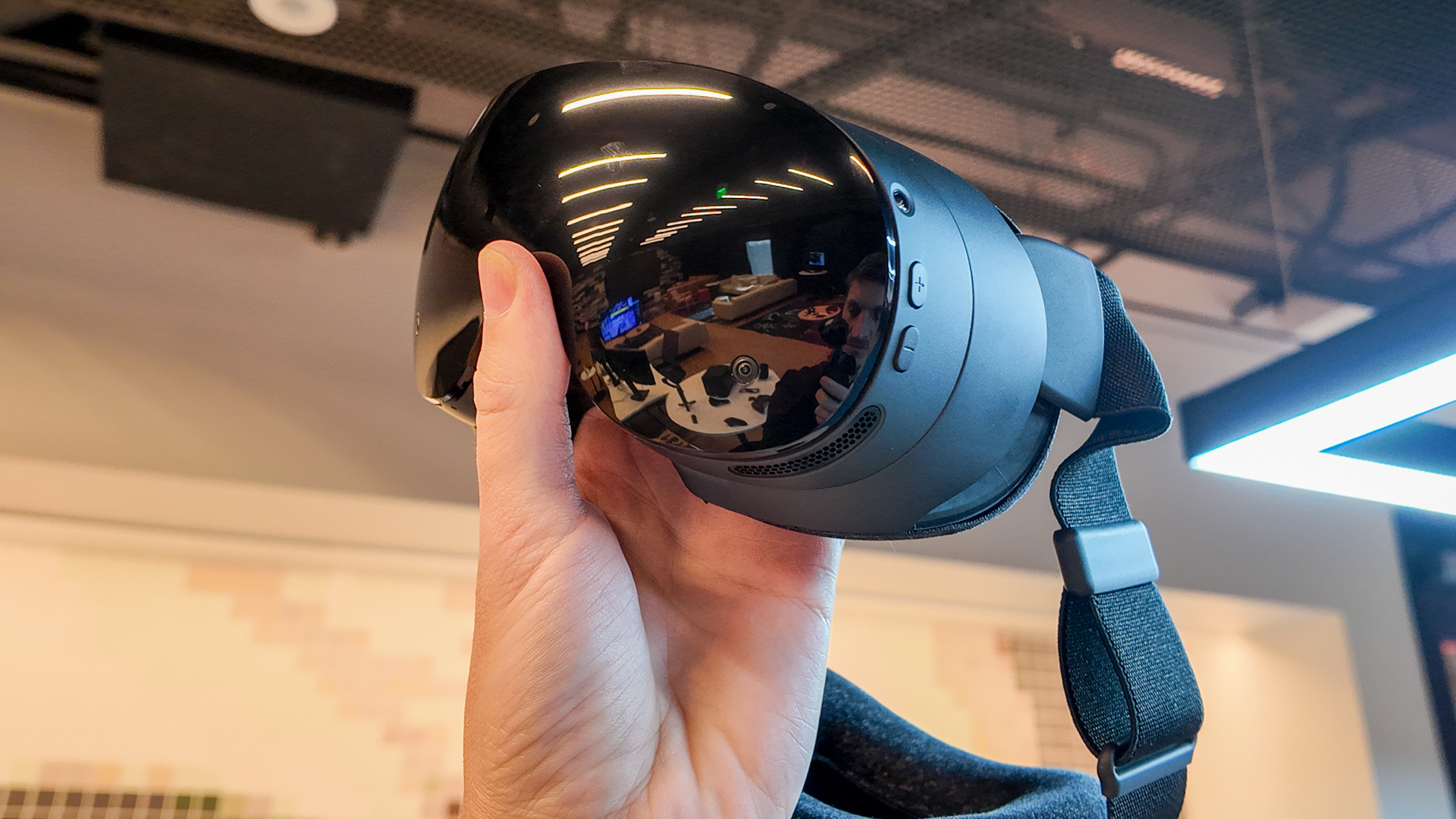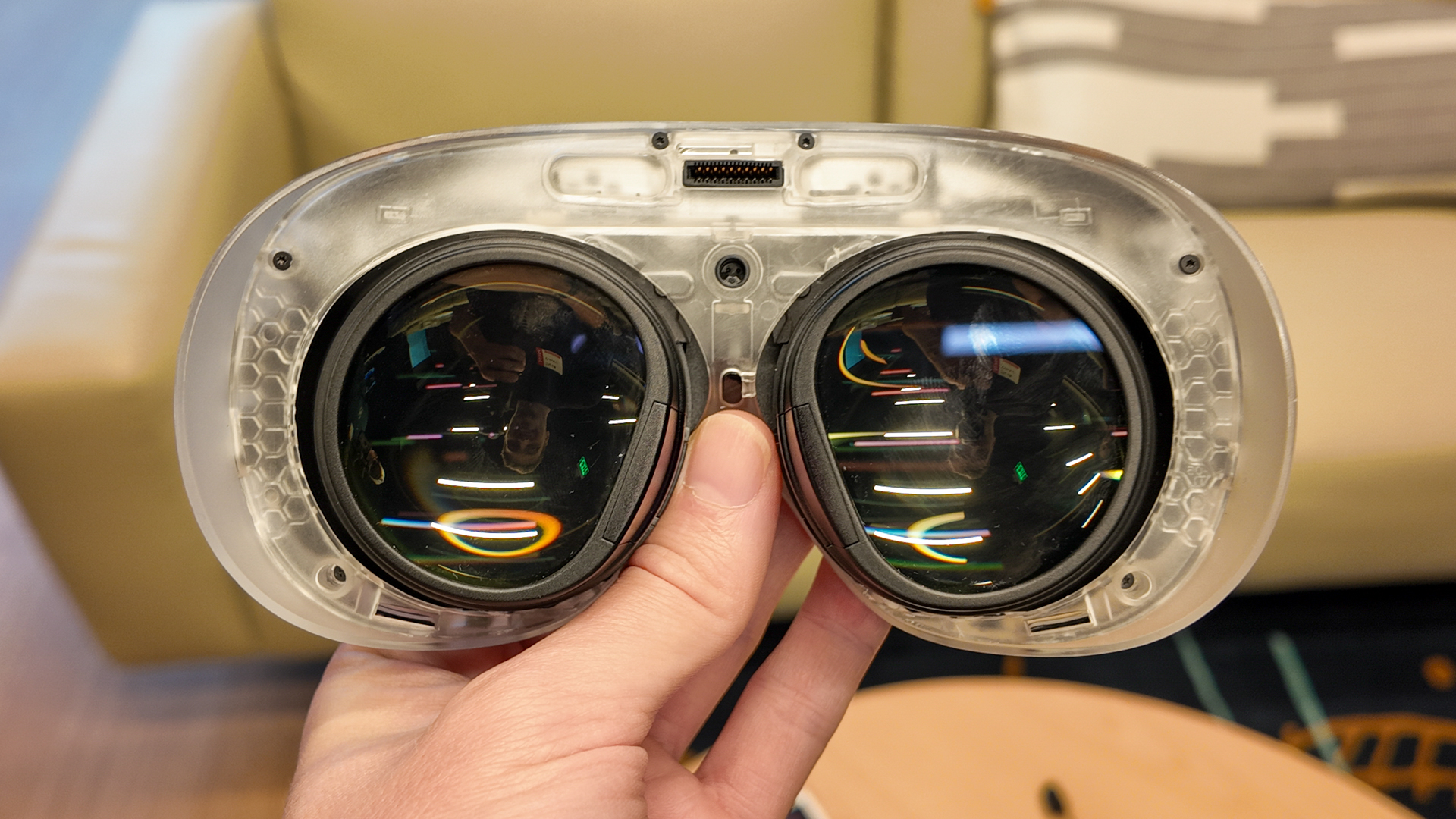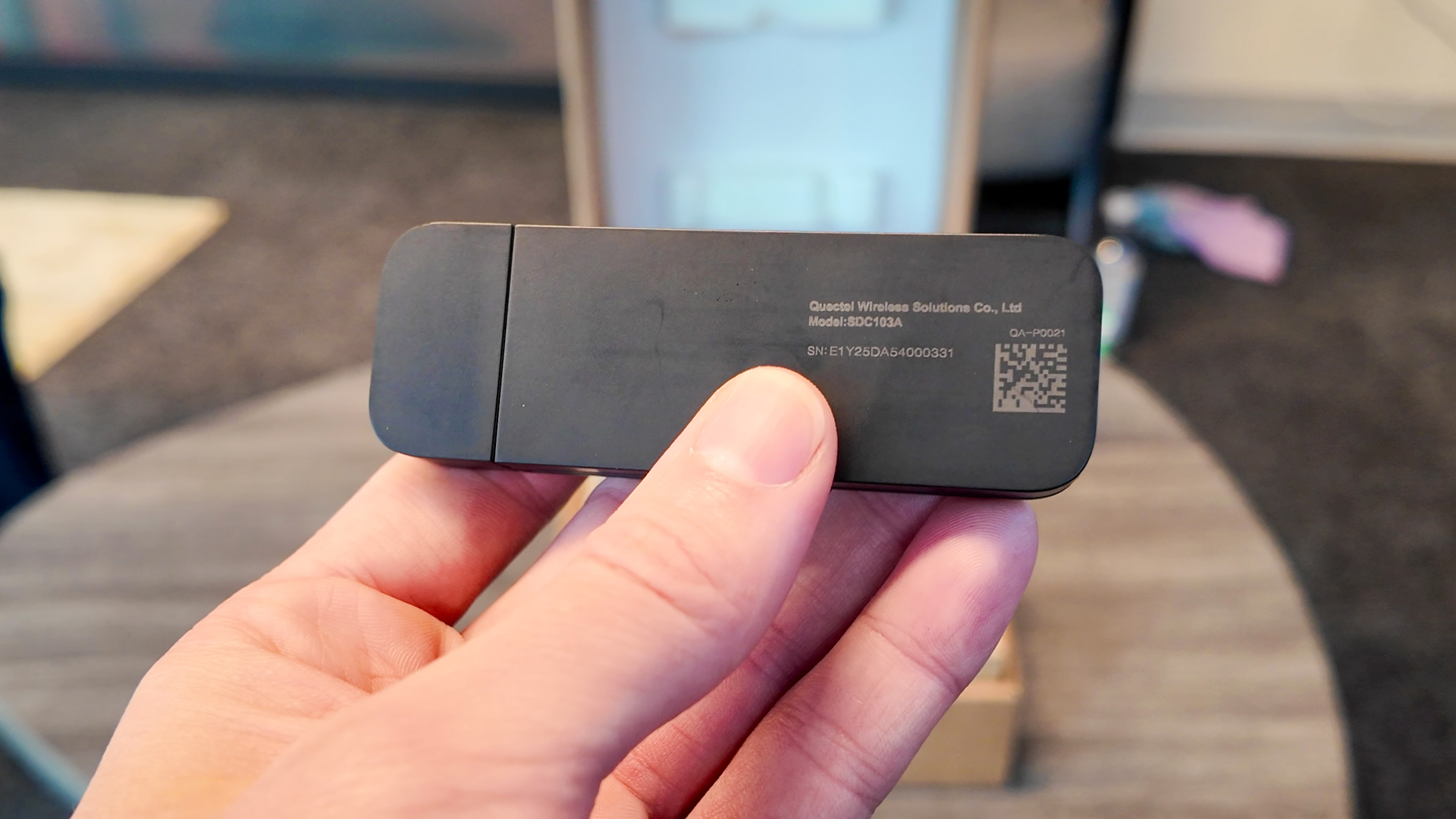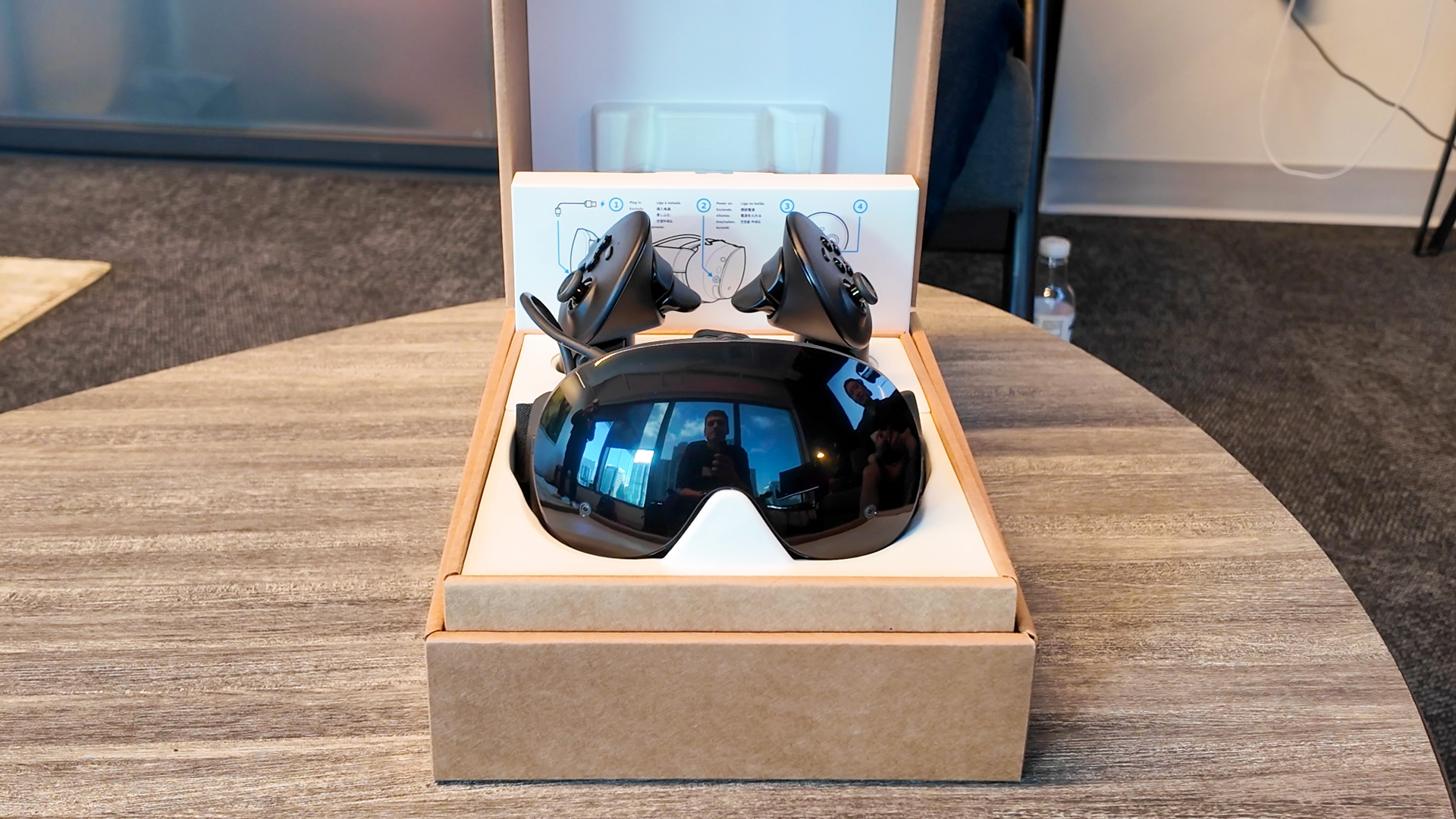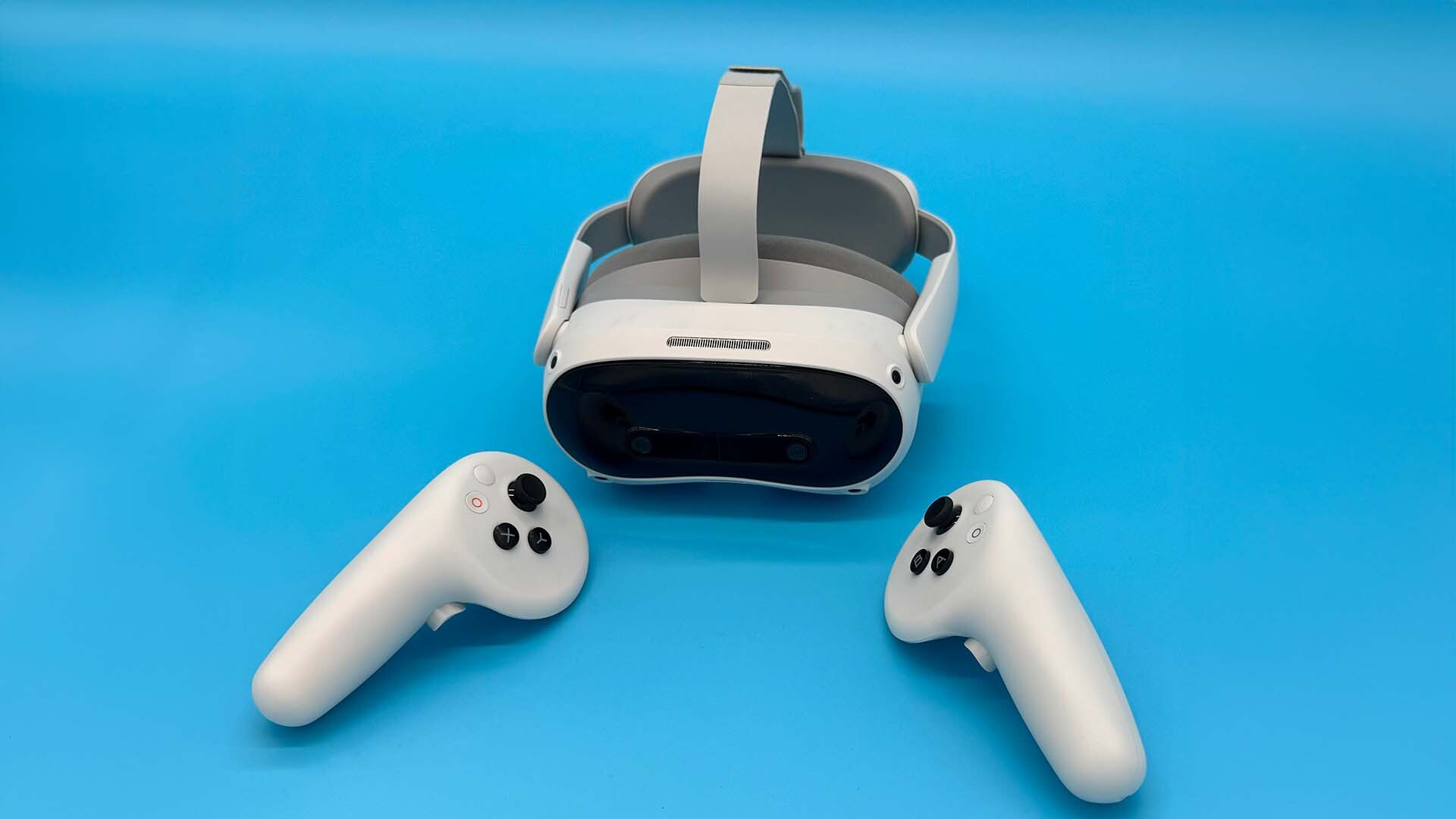Someone has to challenge Meta for the VR throne and I really hope Valve has the guts to wi
November 13, 2025

I’ve developed what I can only describe as a begrudging respect for Meta’s hardware output right now. I’ve bought almost every Meta headset to date, and unboxing the first one in the Summer of 2020 is definitely a highlight of my VR journey so far.
However, Meta’s dominance in the market is soured somewhat by Meta itself. Meta AI remains the unwanted present that just keeps on giving, the “legendary misadventure” of the metaverse is a multibillion-dollar digital eyesore, and, of course, it has laid off tens of thousands of employees in the process.
Valve is not trying to sell you an endless feed of AI-generated content, it’s not trying to “get to know you“, and it’s not trying to use smart glasses to train its AI. Okay, I’ve done the ‘rattle off bad things Meta has done’ bit twice in five paragraphs, but that’s a testament to how unlikable Zuckerberg’s company is as an entity.
But, I’m not just rooting for Valve to take a spot in our best VR headset list because I want Meta to lose. I genuinely believe that Valve has the capabilities to make the Steam Frame excellent. Our Jacob recently flew out to its headquarters to test it out, and it seems like an impressive bit of tech.
While it more or less matches the Quest 3 in resolution, optics, and horizontal field of view, it has a better chip, more RAM, and stronger Wi-Fi support. On the flip side, the Quest 3’s colour pass-through is a touch above Valve’s mono one. On paper, it’s what you’d expect from a standalone VR headset going into 2026.
It’s the Frame’s use case that really appeals to me. Valve told us “we think of this as a streaming first device”, and it comes with a wireless adapter that you can plug into your gaming PC via a USB Type-A port. This then fires the signal over to your headset, which the Steam Frame picks up via a snazzy separate antenna.
Streaming from your PC naturally makes for higher-quality gaming but also saves on battery life. It also comes with foveated streaming, which gives you higher resolution images in the parts your eyes are looking at. Impressively, foveated streaming doesn’t need to be programmed into a game; it will just work out of the box.
All of this comes together to make a device that is designed to communicate wirelessly and effortlessly with your gaming rig.
The Quest 3 just doesn’t have the hardware for such neat streaming capabilities. Living in an apartment with spotty Wi-Fi has more or less left me constantly tethered to my rig while I game. When our Jacob tested the Steam Frame out, he said it has a “smooth frame rate, crystal clear image, and no noticeable lag between my movements and Alyx’s in-game.”
There is, unfortunately, an elephant in the room here, and that’s pricing. Frankly, the $1000 launch price for the Valve Index (with controllers and base station) was far too ambitious a price point to compete with the accessibility of Meta’s aggressive pricing.
Despite being around for over half a decade now, it’s hard not to think that VR still feels like it’s in its infancy (or at least in the teething years).
That’s because Meta is the only one to offer a no-nonsense, intuitive ecosystem at a budget price point. If the Steam Frame matches that Index price point, I’m afraid the war could be lost before the first battle.
Wanting to knock Meta down a peg isn’t just tech spite, either; I think it’s genuinely good for us, the end users. The Quest 3S and Quest 3 sit at the top of the VR throne because they’re good headsets, and that lead has allowed a level of comfort that has just let Meta away with all its metaverse shenanigans.
Just last year, it was reported that Meta is testing loaning its OS to other companies and is thinking of taking a step back from actually producing the hardware. And, part of this could be that hardware is expensive. It can be a big risk for companies, especially when considering the cost of research and development, plus all that marketing that will go in before launch.
Losing out on having the best headset could be the kick in the virtual rump that Meta needs to really focus on what makes VR work so well. I don’t really want low-effort social spaces, especially when games like VR Chat do that so much better.
I want a device that’s enjoyable to game in, comfortable to browse the web, and doesn’t have a parent company that feels hellbent on making me feel like an apologist every time I slap it onto my forehead.
You must confirm your public display name before commenting
Please logout and then login again, you will then be prompted to enter your display name.
Search
RECENT PRESS RELEASES
Related Post
